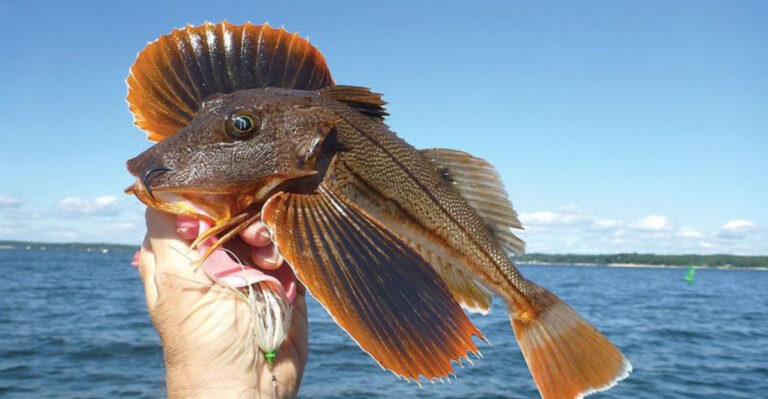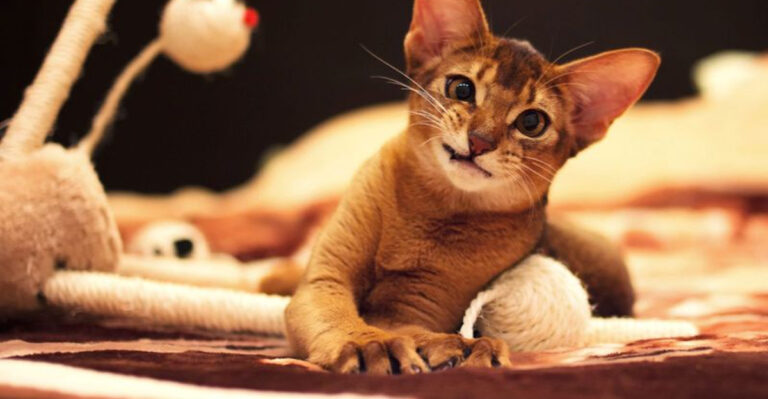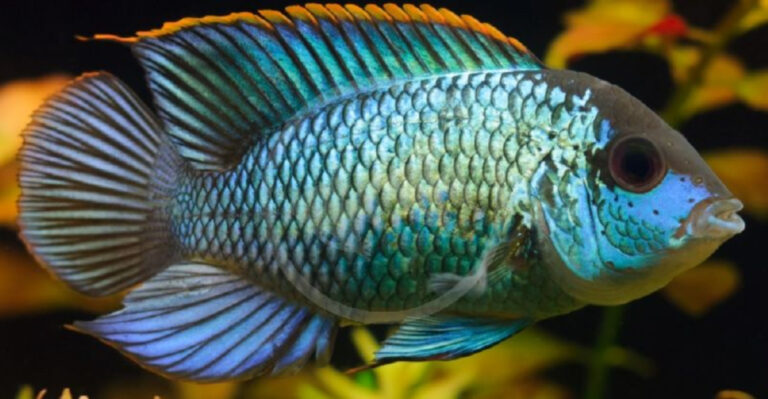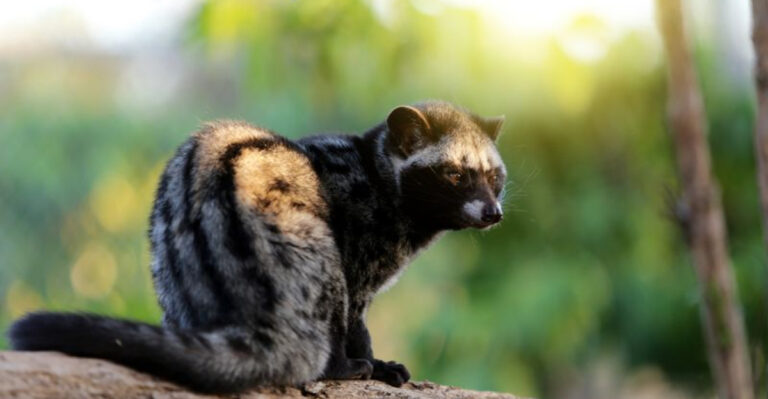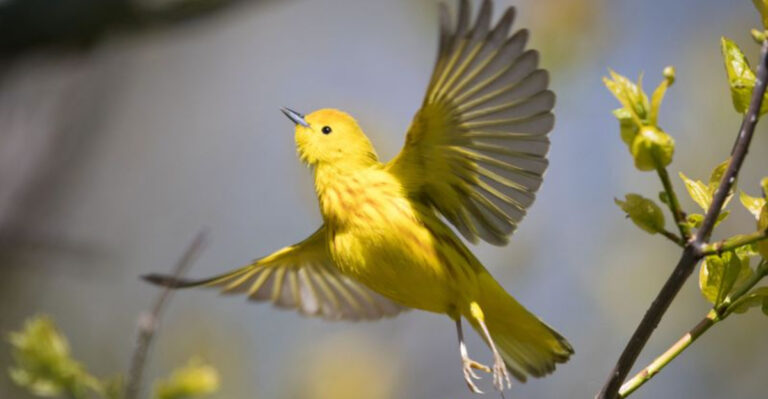15 Things That Happen To Exotic Pets That Outlive Their Owners

When someone brings home a parrot, tortoise, or other long-lived exotic pet, they rarely consider what might happen if their animal companion outlives them.
Many exotic species can live for decades or even centuries, far exceeding human lifespans.
1. Family Members Step In
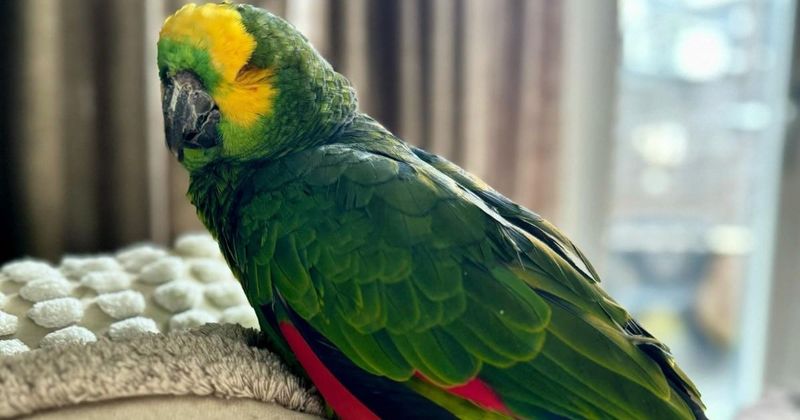
Many exotic pets find new homes with relatives of their deceased owners. Children, siblings, or other family members who already know the animal often volunteer to become the new caretakers.
This transition can be relatively smooth since the pet might already be familiar with these people from previous interactions. However, not all family members have the knowledge, space, or resources to properly care for specialized exotic animals.
2. Rehoming Through Wills

Forward-thinking owners often include their exotic pets in their wills. They might designate specific caretakers and leave funds for the animal’s ongoing expenses.
These pet trusts ensure animals receive proper care according to the owner’s wishes. The legal arrangements can be quite detailed, specifying diet, habitat requirements, and even which veterinarian should provide care for the remaining lifespan of creatures like tortoises or parrots.
3. Sanctuary Placement
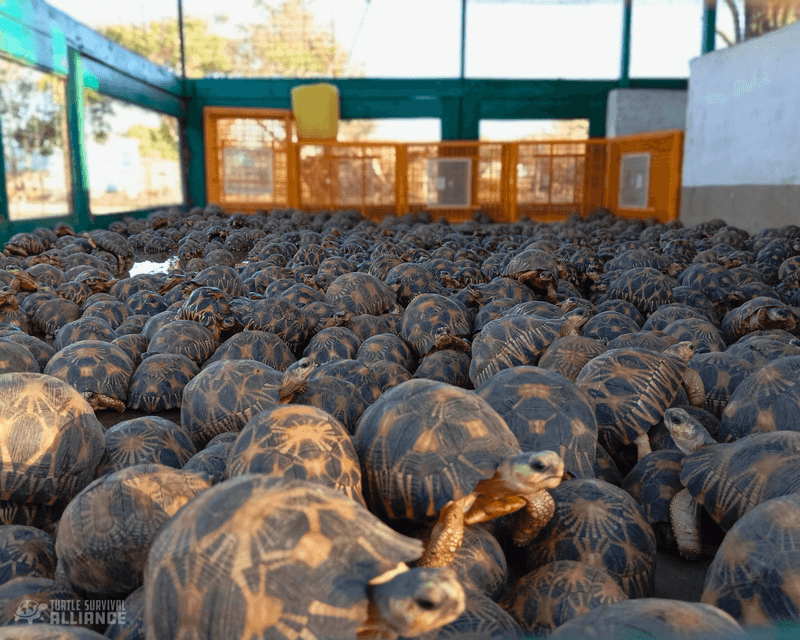
Animal sanctuaries become forever homes for many exotic pets without inheritance plans. These specialized facilities have expert staff familiar with the unique needs of unusual animals.
From large reptiles to exotic birds, sanctuaries provide species-appropriate housing and care. Unlike zoos, sanctuaries focus primarily on the welfare of individual animals rather than exhibition, giving these pets a peaceful retirement among others of their kind.
4. Zoo Adoption Programs
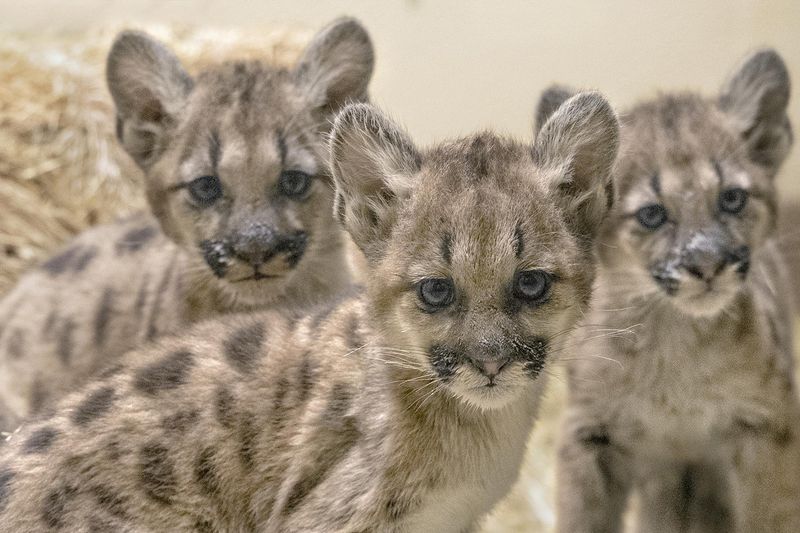
Zoos sometimes accept exotic pets that have outlived their owners, especially rare or endangered species. These animals may become part of conservation breeding programs or educational exhibits.
For the animals, this means professional care and appropriate habitats. Many zoos have specialized adoption programs specifically for rehoming exotic pets, though they typically only accept animals that fit their collection needs and pass health screenings.
5. Specialized Rescue Organizations
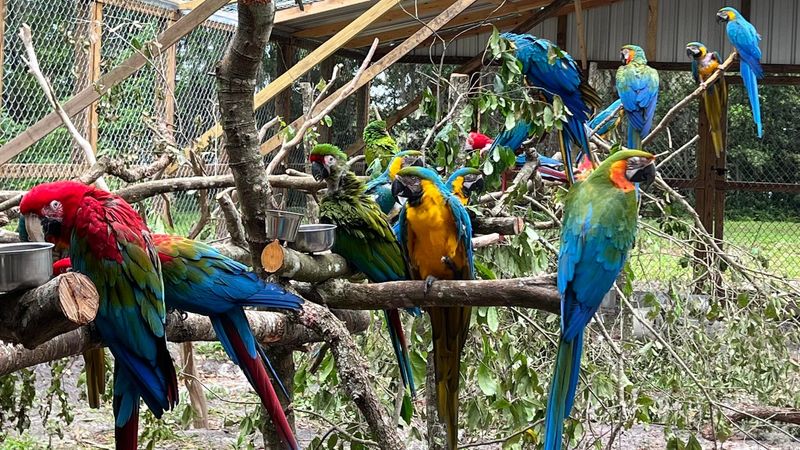
Breed-specific rescue groups exist for many exotic species. These organizations understand the unique requirements of animals like sugar gliders, kinkajous, or specific reptile species.
Staffed by passionate volunteers with species knowledge, these rescues provide temporary housing while seeking appropriate permanent homes. They often have extensive screening processes to ensure adopters understand the commitment required for these specialized pets.
6. Pet Surrenders To Animal Control
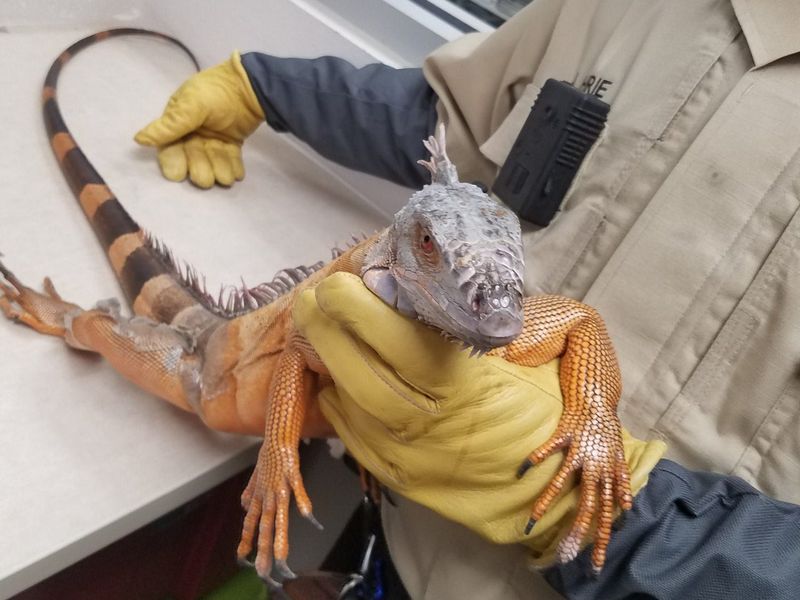
Unfortunately, some exotic pets end up surrendered to local animal control facilities when owners pass away. These agencies rarely have the expertise or facilities for unusual animals.
Most municipal shelters lack proper housing for species like large snakes, monitor lizards, or exotic birds. This situation creates significant stress for the animals and challenges for shelter staff who must quickly find appropriate placement options before the animals’ health deteriorates.
7. Veterinary School Placement
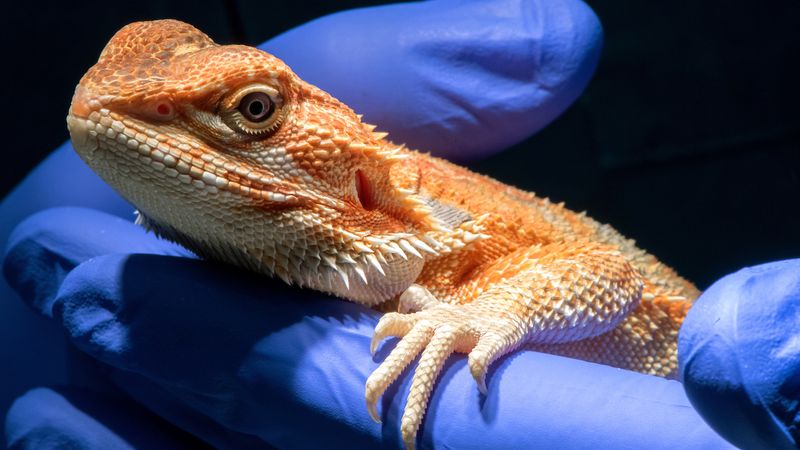
Some exotic pets find homes at veterinary teaching hospitals or schools. These institutions welcome unusual species that can help train future veterinarians in exotic animal medicine.
The animals receive excellent medical care while serving an educational purpose. Parrots, reptiles, and other long-lived species often become beloved mascots at these institutions, with multiple students and staff members sharing caretaking responsibilities over the decades.
8. Release Into The Wild
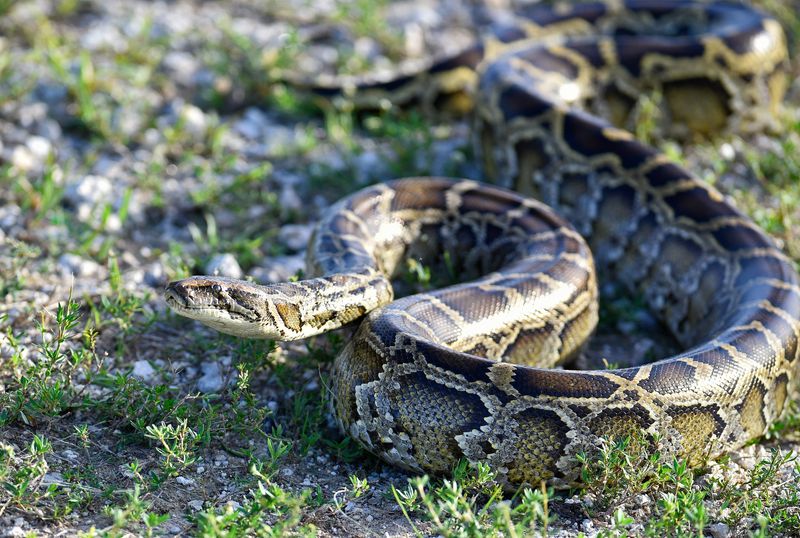
Misguided individuals sometimes release exotic pets into the wild after inheriting them. This dangerous practice threatens both the animal and local ecosystems.
Most captive-raised exotic animals lack survival skills for the wild. In warm climates, some released species like Burmese pythons or green iguanas establish invasive populations that damage native wildlife. This situation creates lasting environmental problems while usually dooming the released pet.
9. Illegal Wildlife Trade
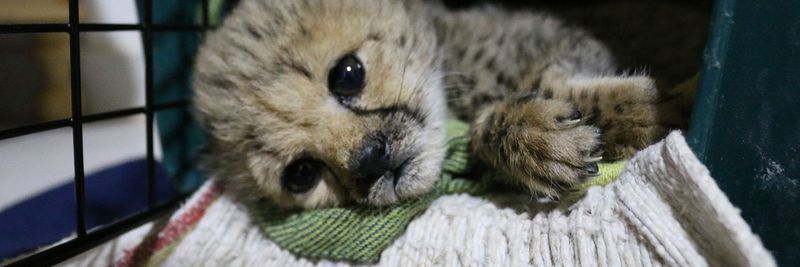
Valuable exotic pets sometimes enter the black market after an owner’s death. Rare parrots, uncommon reptiles, or protected species may be sold illegally for profit rather than properly rehomed.
This tragic outcome exposes animals to poor conditions and uncertain futures. Without proper documentation of legal acquisition, even well-intentioned new owners may unknowingly purchase these animals illegally, perpetuating wildlife trafficking and creating legal risks for themselves.
10. Educational Program Adoption

Nature centers and educational programs often welcome well-socialized exotic pets. These animals become ambassadors for their species, helping teach the public about wildlife conservation.
Parrots, non-venomous snakes, and friendly reptiles are particularly valued for these roles. The animals receive consistent care from staff while enjoying positive interactions with visitors, giving them purpose and enrichment in their new homes after their original owners have passed away.
11. Pet Sitting Services Become Permanent
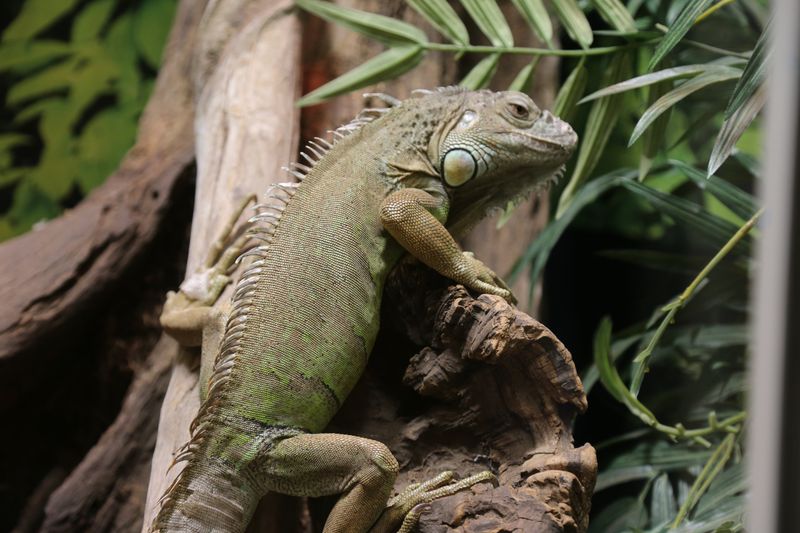
Sometimes temporary pet sitters become permanent caretakers when owners pass unexpectedly. These individuals already know the animal’s routines and have established relationships.
Professional exotic pet sitters often have experience with multiple species and appropriate housing setups. This transition can be less stressful for the animal since they remain in familiar surroundings or with a familiar person, maintaining some continuity despite losing their original owner.
12. Breeding Program Placement
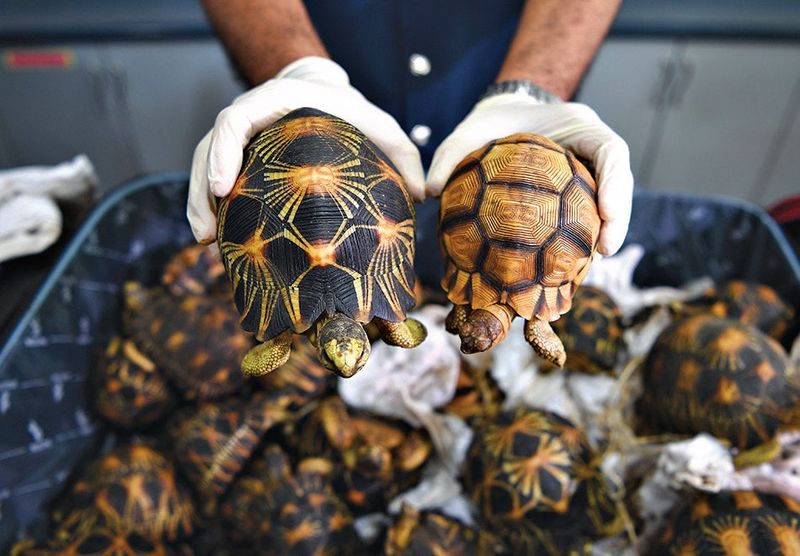
Rare or valuable exotic pets may find homes in established breeding programs. This option works particularly well for genetically important reptiles, amphibians, or birds.
The animals contribute to sustaining captive populations of their species. Ethical breeding programs provide excellent care while allowing the animals to express natural behaviors. This placement helps reduce wild collection pressure while giving the pet a purpose in conservation efforts.
13. Cross-Border Relocations

Exotic pets sometimes travel internationally to find appropriate homes after their owners die. This complex process involves permits, health certificates, and quarantine periods.
Species-specific sanctuaries in other countries may offer the best available care. For example, a rare parrot might return to a conservation center in its native range, or a unusual reptile might join a specialized collection abroad where its specific needs can be properly met.
14. Museum Or Exhibition Acquisition
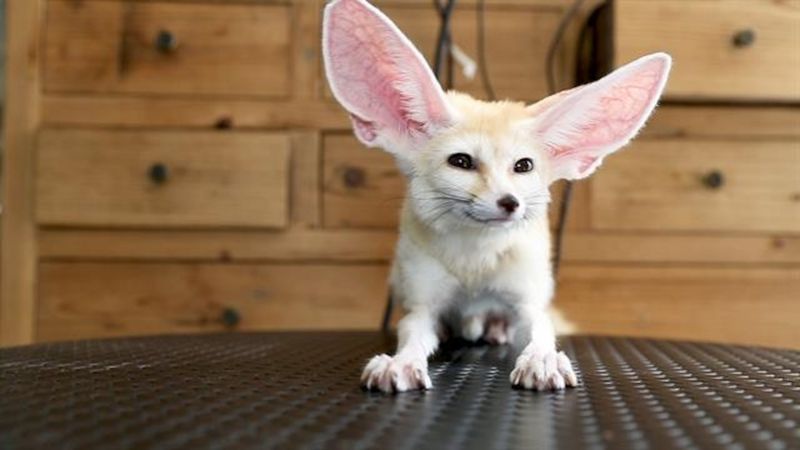
Natural history museums sometimes acquire unusual exotic pets, particularly rare specimens or species of scientific interest. These institutions have preservation expertise and educational missions.
While this typically happens after the animal has died, some living specimens join exhibition programs. Museum staff document the animal’s history and origin, preserving its story alongside its physical presence, whether as a living ambassador or eventually as a carefully preserved specimen.
15. Online Community Rehoming
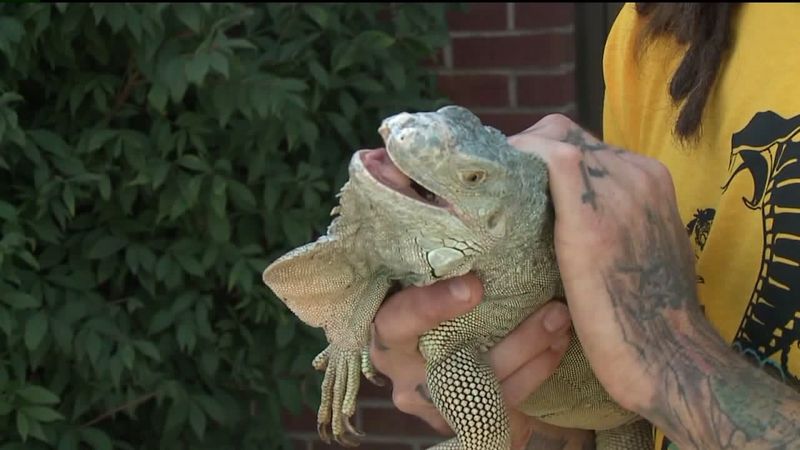
Species-specific online communities often help rehome exotic pets when owners pass away. Fellow enthusiasts understand the animal’s needs and value.
These specialized forums connect deceased owners’ families with experienced keepers. The tight-knit nature of exotic pet communities means many owners know each other virtually, creating networks of potential adopters who already have appropriate setups and knowledge for particular species.


